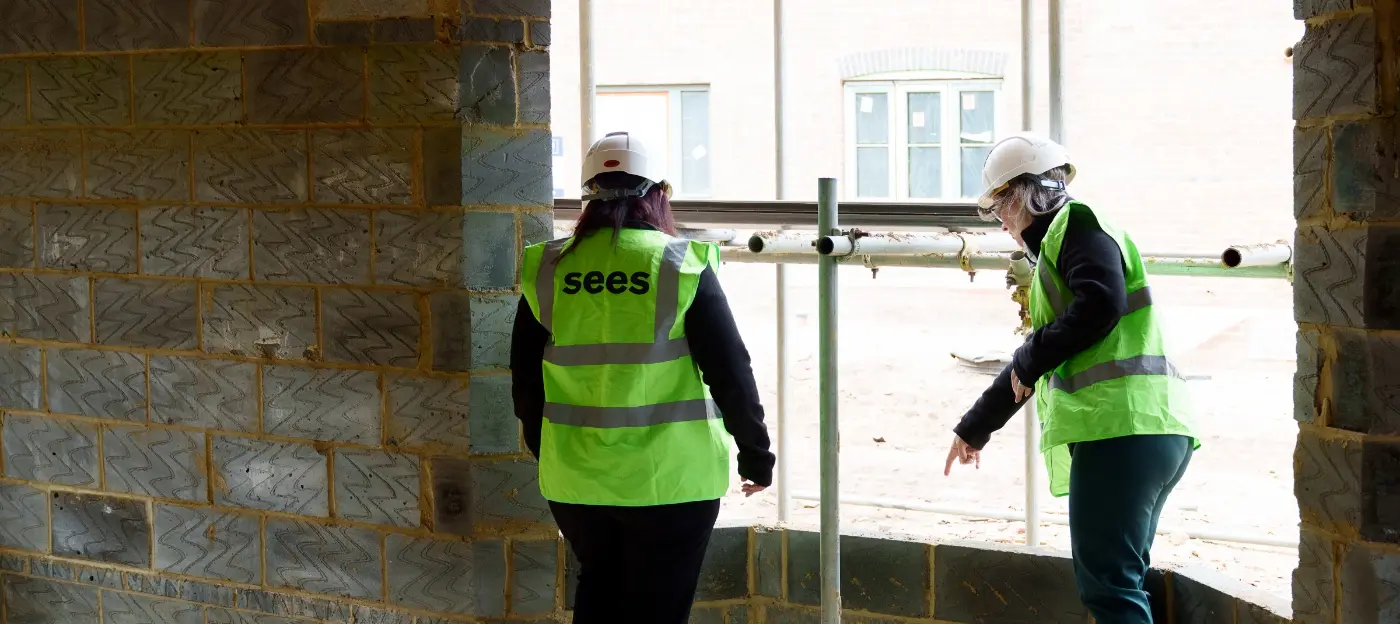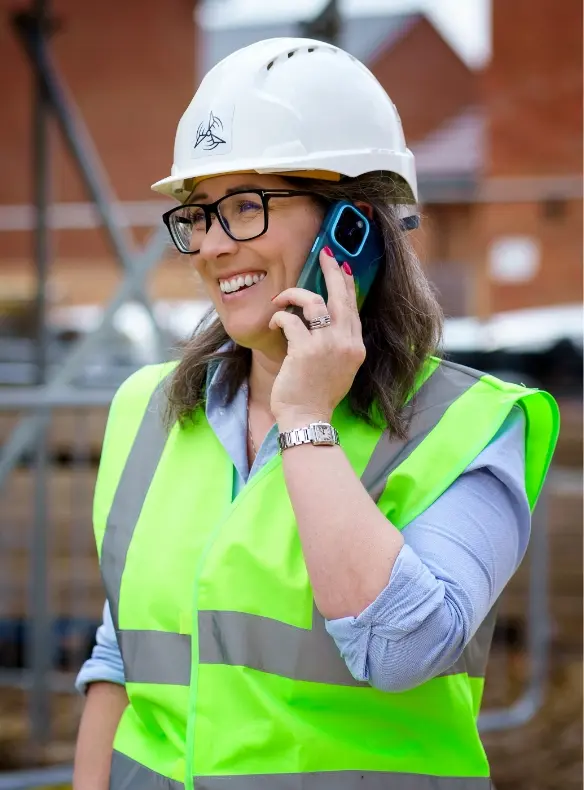Home > Blog > Whole Life Carbon Assessments: What You Need to Know
Whole Life Carbon Assessments: What You Need to Know

As the UK accelerates its efforts to reach net-zero carbon by 2050, the construction and built environment sector is under growing pressure to reduce emissions. It’s no surprise – the sector is responsible for around 25% of the UK’s total carbon footprint, once both operational and embodied emissions are factored in.
While attention has traditionally focused on operational energy – the heating, lighting, and powering of buildings – this is only part of the story. With the energy grid decarbonising, embodied carbon (emissions from materials and construction) will make up the majority of emissions over the next few decades.
This shift in focus brings Whole Life Carbon Assessments (WLCA) to the forefront, not as a “nice to have,” but a critical tool in building responsibly and smartly.
What is a Whole Life Carbon Assessment?
A Whole Life Carbon Assessment (WLCA) evaluates all carbon emissions associated with a building across its entire lifespan, from the initial extraction of raw materials to demolition and potential reuse.
It follows the structure set out in BS EN 15978 and is typically aligned with RICS Professional Statement guidance. A WLCA breaks a project into four stages:
A1–A5: Upfront (Embodied) Carbon
- Extraction of raw materials
- Manufacturing and transportation of products
- Construction processes and on-site impacts
B1–B7: Operational Carbon
- In-use emissions from heating, cooling, lighting, and appliances
- Maintenance, repairs, refurbishments, and operational water use
C1–C4: End-of-Life
- Demolition, transport, waste processing, and disposal of materials
D: Beyond the Life Cycle
- Potential benefits from material reuse, recycling, or energy recovery
Why is this important?
Because a building that’s “net-zero in operation” could still carry a massive carbon cost in the materials and construction phase. WLCA makes that visible – and manageable.
What Projects should consider WLCA?
WLCA is relevant for any type of project, whether it’s:
- A school planning a new classroom block
- A business expanding into a new office or industrial space
- A housing association delivering affordable homes
- A family building their dream low-carbon home
- A local authority reviewing a civic redevelopment
- A developer preparing a major commercial or mixed-use scheme
Whether your project is public, private, large, small, new-build, or retrofit – if there is material use, construction, or energy demand, carbon is involved. WLCA helps make informed, responsible decisions at every stage.
Key Benefits of WLCA
1. Uncover Hidden Emissions
WLCA reveals the “invisible” carbon locked into your design, helping you avoid carbon blind spots and focus your efforts where they’ll have the most impact.
2. Make Informed Design Choices Early
The earlier WLCA is done, the more influence you have. For example:
- Could you reduce structural steel use?
- Could lower-carbon alternatives (e.g. limecrete, timber, GGBS concrete) perform as well?
- Could reused or recycled products be safely incorporated?
3. Support Circular Economy Thinking
Designing for disassembly, reuse, or modular construction can cut long-term emissions and improve sustainability credentials, WLCA helps evaluate and justify these choices.
4. Benchmark and Compare Options
WLCA enables you to:
- Compare different design routes
- Align with frameworks like LETI, RIBA 2030, or GLA thresholds
- Use data to justify design decisions to stakeholders
5. Improve Environmental Ratings
WLCA supports and feeds into certifications like:
- BREEAM (credits under Man 05, Mat 01, and Ene 01)
- NABERS UK
- HQM (Home Quality Mark)
What About Regulation?
Right now, WLCA is not universally required, but that’s changing:
- The Greater London Authority (GLA) already mandates WLCA for major developments.
- Councils like Brighton, Manchester, and Leeds are exploring local carbon policies.
- The proposed Building Regulations Part Z would make WLCA mandatory across England, likely within this decade.
Choosing to engage with WLCA early isn’t just good ethics, it’s future-proofing. Redesigning late in a project due to regulatory change could be costly and time-consuming.
Why Should You Care as a Client?
If you’re funding, commissioning, or delivering a building, WLCA helps you:
- Protect your investment from future planning risks
- Build a stronger business case for funding or stakeholder approval
- Attract ESG-conscious clients, tenants, or buyers
- Demonstrate leadership in social and environmental responsibility
- Improve building performance for users (carbon-smart design often leads to better comfort and wellbeing)
Plus – low-carbon doesn’t always mean high-cost. With early WLCA engagement, we can often identify cost-neutral or cost-saving decisions that cut emissions without compromising on performance.
Final Thoughts
Whole Life Carbon Assessments are no longer niche or optional, they’re rapidly becoming a central part of how responsible buildings are designed, assessed, and delivered. Whether you’re a developer, school, landowner, community group, business owner, or private client, WLCA offers the insight and confidence you need to build more wisely. Your decisions today will shape the carbon footprint of the next 30–60 years. WLCA gives you the tools to make those decisions clearly, responsibly – and confidently.
Want to know how WLCA could work for your project?
E-mail: hello@sees.co.uk or call us on 01962 718870 — we’re happy to help.

